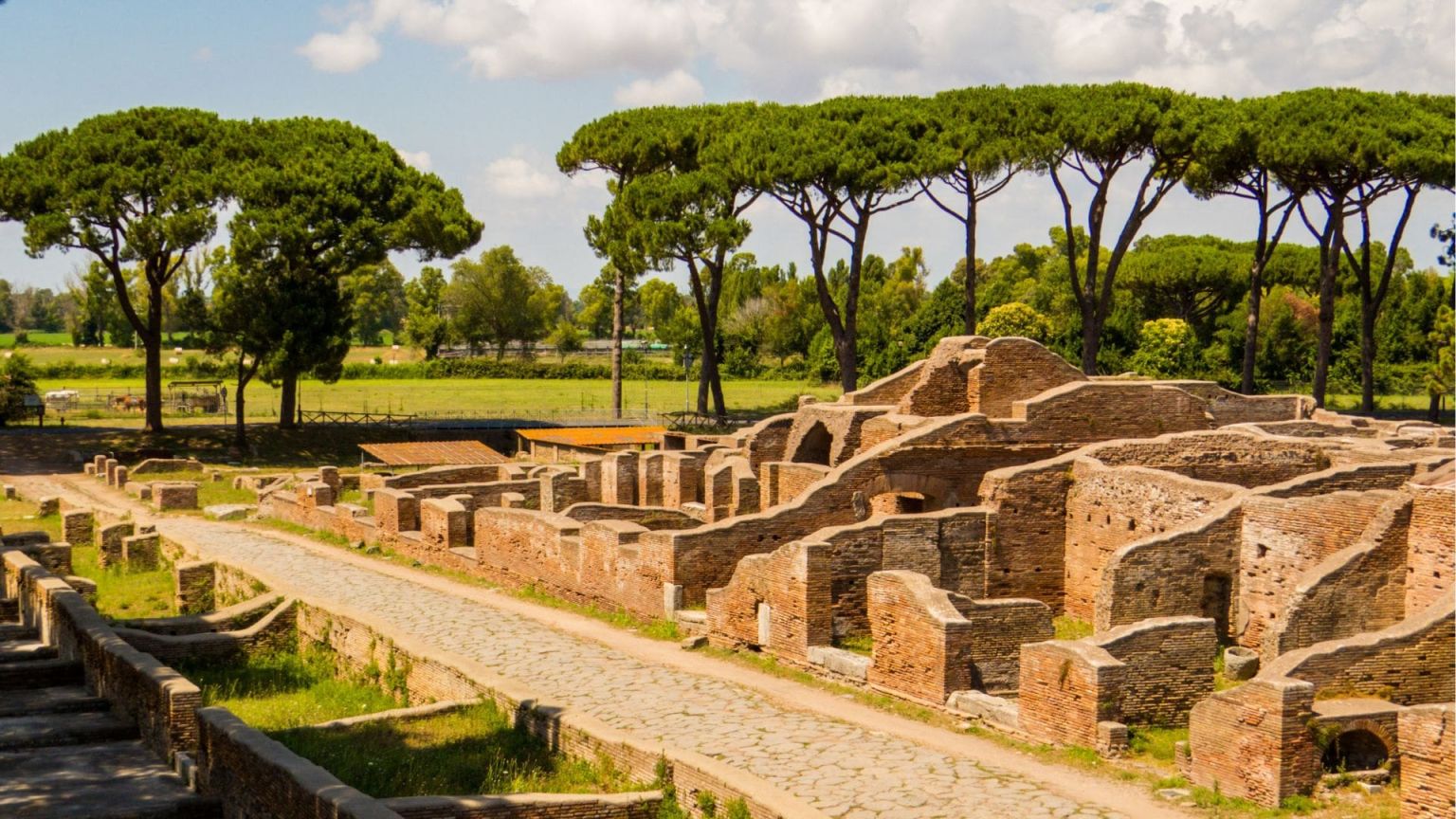
Archaeological park of Ostia: the port of Ancient Rome
Archaeological park of Ancient Ostia: the tickets most chosen by travelers
The Archaeological Park of Ostia Antica: one of the most important historical sites of ancient Rome
The Archaeological Park of Ostia Antica is one of the most fascinating and best preserved sites of ancient Rome, located a few kilometers from Rome, along the Tyrrhenian coast. Once the hub of maritime trade of the Roman Empire, Ostia Antica was the main port of Rome, and its urban development testifies to the size and complexity of the ancient city. The site extends over about 50 hectares and is full of monuments, buildings and remains that tell the story of the daily life of the Romans and the evolution of the city, from its foundation in the 3rd century BC to its decline in the Middle Ages.
The archaeological park allows visitors to take a real journey through time, walking through the ancient paved streets, among the ruins of houses, temples, theaters and shops. One of the most fascinating features of Ostia Antica is that many of the structures are still well preserved, allowing you to imagine what life was like in this port city. The Theatre of Ostia, for example, is one of the best preserved buildings, capable of hosting about 3,000 spectators, and even today you can hear the echoes of its concerts and shows. Not far from the theatre is the Forum, the centre of the city's political and social life, surrounded by temples and important public buildings.
Another point of great interest is the Via delle Tombe, where there are numerous tombs and burials from the Roman era, some of which are magnificently decorated. The residential area is equally fascinating, with houses that feature well-preserved frescoes and mosaic floors, giving a glimpse of the daily life of the inhabitants.
Among the most interesting structures are also the port warehouses, which testify to the thriving maritime trade, and the thermal baths, which were places of socialization and relaxation for the Romans. In addition, the House of Diana and the House of Amorino, with their frescoes and mosaics, are extraordinary examples of luxury homes.
Ostia Antica is not only an archaeological site, but also a place immersed in nature that makes it even more evocative. Walking among the ruins, admiring the surrounding landscape and learning about the history of this important Roman port is a unique experience for all history and culture enthusiasts.
The Archaeological Park of Ostia Antica is easily reachable from Rome and is an unmissable stop for those who want to discover ancient Rome outside the usual tourist circuits. With its breathtaking views and rich history, it is a place that fascinates and enchants, allowing you to live an authentic Roman experience.
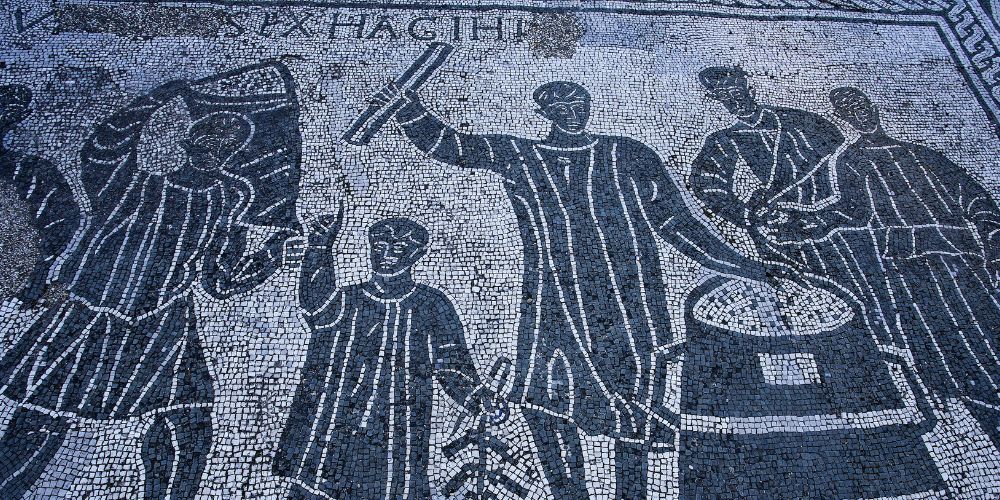
Discover all other experiences
Useful information for visiting the Ostia Antica Archaeological Park
Opening hours
The Ostia Antica Archaeological Park is open from Tuesday to Sunday at the following times:
Ostia Antica Archaeological Park: 08:30 - 19:00
Imperial Ports: 10:00 - 17:00
Museo delle Navi di Fiumicino: 10:00 - 16:00
Necropolis of Isola Sacra: 10:30 - 16:30
Show your smartphone voucher at the ticket office to collect your paper ticket.
The ticket is valid for 8 days from the first entry for a single entry to all sites and museums, with an entry time of your choice
Times may vary on holidays, so it is always useful to check in advance.
Tickets and costs
The cost of the ticket is 18 euros per person. Visitors under 18 enter for free.
Instructions
Show your smartphone voucher at the ticket office to collect your paper ticket.
The ticket is valid for 8 days from the first entry for a single entry to all sites and museums, with an entry time of your choice
Entrance to all sites and museums of the Archaeological Park of Ostia (valid for 8 days from the first entry for a single entry)
- Shuttle Service
- Live Tour Guide
Archaeological park of Ancient Ostia: tips for your visit
How to get to Ostia Antica
1. By Train (from Rome)
The easiest and fastest way to get to Ostia Antica is to take the train from Rome station. Take the train from Rome Termini Station on the Lido Line (direction "Lido di Ostia"). Get off at the Ostia Antica stop. The journey takes about 30-40 minutes. After getting off at the station, the park is only a 10-15 minute walk away, well signposted.
2. By Car (from Rome)
Take the Via del Mare (SS 601) towards Ostia. At the intersection with Via Ostiense, follow the signs for Ostia Antica. There is parking near the entrance to the site, although it may be busier during the tourist season.
3. By Bus
From Piazza Venezia, take bus 03 to Lido di Ostia. From there, it is a short walk to the park.
The best experiences in Rome
Best attractions around Archaeological park of Ancient Ostia
all entrance tickets for the most popular Italian attractions
Visiting Ancient Ostia: the pleasure of discovery
In the heart of the Lazio region, south of the Tiber river and north of Mount Circeo, one of the oldest testimonies of the splendour of the Roman Empire, Ostia, has survived for centuries. With its surface area of about 150 hectares Ostia is, together with Pompeii, the largest open-air archaeological site in the world
Read more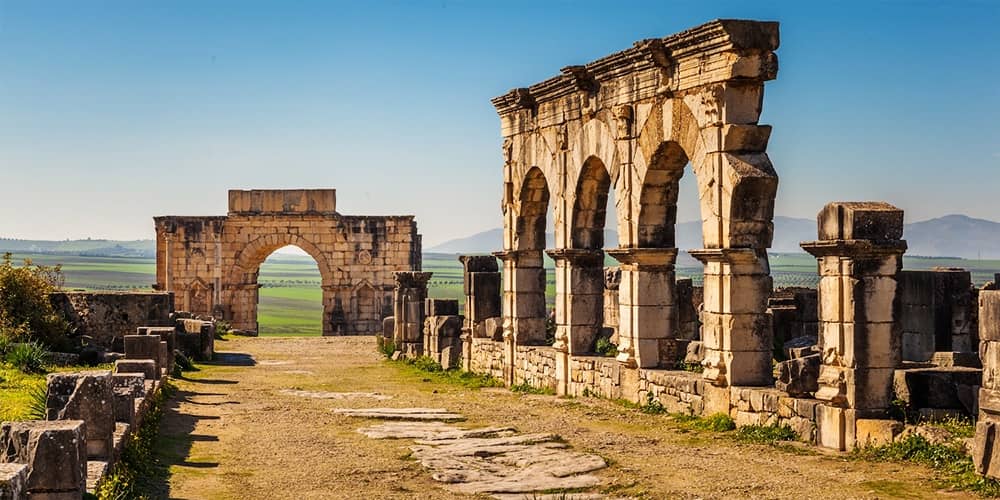
Frequently asked questions about visiting the Archaeological Park of Ostia Antica
Is it wheelchair accessible?
Yes, the site is partially wheelchair accessible.
Is it possible to present the ticket on a smartphone or does it have to be printed?
Are tickets accepted on smartphones
How long does it take to visit the park?
It takes about 2 or 3 hours to see the main attractions of the park.
Are there any concessions?
Free entry is provided every first Sunday of the month.
Are there any eating facilities inside the park?
Inside the archaeological area of Ostia Antica there is the Cafè degli Scavi.
What to visit in the Archaeological Park of Ostia Antica
The Archaeological Park of Ostia Antica is one of the most fascinating and best preserved sites of ancient Rome, offering visitors an extraordinary opportunity to immerse themselves in the history of the Roman Empire. Spread over approximately 50 hectares, the park is full of architectural and monumental remains that tell the story of daily life, religion and the social organization of a port city that was crucial for Rome. Here are some of the main attractions that you cannot miss during your visit.
The Theater of Ostia
One of the most evocative places in Ostia Antica is undoubtedly the Theater, one of the best preserved Roman buildings. Built in the 2nd century AD, the theater could accommodate about 3,000 spectators and is still used today for cultural events and shows, thanks to its incredible acoustics. The surrounding area is decorated with columns and sculptures that tell the story of the magnificence of the city.
The Forum
The Forum of Ostia, located in the heart of the site, was the political, religious and commercial center of the city. Here you can find the remains of temples, public buildings and columns that were part of the agora. The Forum was also the place where the main social and political activities took place, and is surrounded by some of the most important buildings in Ostia.
The Baths of Neptune
The Baths of Neptune are among the most impressive thermal structures in Ostia Antica. Here, visitors can admire the remains of elegant mosaics depicting the god Neptune, as well as a series of rooms and thermal environments that testify to how the baths were also places of social gathering and leisure for the population.
The Via delle Tombe
A suggestive route that crosses an area where numerous tombs and graves dating back to the Roman era are visible. This road, which runs along the city, offers an interesting idea of funerary practices and Roman culture, with tombs decorated with frescoes and inscriptions that tell the life of the deceased.
The House of Diana
One of the most interesting homes in Ostia Antica is the House of Diana, famous for its well-preserved frescoes depicting mythological scenes, including that of the goddess Diana. The building is a perfect example of a Roman luxury residence, with architectural and decorative details that offer a glimpse of the daily life of the inhabitants.
The House of Amorino
Another prestigious residence is the House of Amorino, famous for the mosaic depicting a stylized love. This is one of the most refined examples of the Roman mosaic technique, and represents one of the most fascinating features of Ostia, namely the art of interior decoration.
The Palace of Jupiter and Juno
Another religious structure of great interest is the Temple of Jupiter and Juno, an imposing building that testifies to the importance of the protective deities of the city and the port. The temple was a central place of worship for the community of Ostia and was located near the Forum.
The Port of Ostia
Although a little further from the ruins of the city, the Port of Ostia is a site that is worth a visit. It was one of the main commercial ports of the Roman Empire and the hub of mercantile activity. Here you can see the remains of warehouses and docks, as well as files that testify to the great movement of goods that passed through this port.
The Mosaic of the Ship
A fascinating mosaic found in the House of the Mosaic of the Ship, it represents a ship sailing the sea, a reminder of the importance of maritime trade for Ostia and its role as the main port of Rome. This mosaic is one of the most extraordinary examples of Roman pavement art.
The Insula del Velario
Another interesting section of Ostia Antica is the Insula del Velario, which takes its name from the velarium (a large canvas) that covered the terraces to protect them from the sun. The ruins of this residential building are well preserved and offer a clear view of daily life in the city, with original rooms, courtyards and floors.
The Museum of Ostia Antica
Finally, a visit to the Museum of Ostia Antica is a perfect way to delve into the history and culture of the site. The museum houses a large collection of artifacts, including statues, inscriptions, coins and everyday objects that date back to Roman times. This museum provides a historical context that further enriches the experience of visiting the archaeological park.
Curiosities of the Archaeological Park of Ostia Antica
The Archaeological Park of Ostia Antica is a place rich in history and fascinating curiosities, which make it one of the most interesting archaeological sites in Italy. In addition to being an important testimony of ancient Rome, this site hides many unique details that surprise even the most expert visitors.
One of the most fascinating curiosities concerns the orientation of the streets. The main streets of the city, such as the Via delle Terme, are arranged according to an urban planning that strictly followed the Roman model, with a perfect north-south alignment. This type of organization was designed to facilitate trade and circulation, but also to make the most of the solar cycle, with the most important streets exposed to the sun during the day. A true engineering genius that is still visible today among the ruins.
Another interesting aspect of Ostia Antica is the extraordinary preservation of its buildings. Unlike other archaeological sites of the Roman Empire, where the passing of the centuries has irreparably damaged many structures, Ostia Antica offers an incredibly rich panorama of intact remains. The Theatre of Ostia, for example, is one of the finest examples of a Roman theatre still in existence and its acoustics are so perfect that theatrical performances are still held inside during special events.
The houses of Ostia Antica are another curiosity not to be missed. Many of the houses have well-preserved frescoes and mosaics, which offer a glimpse of daily life in ancient Rome. Among the most fascinating, the House of Diana, which owes its name to the depiction of a fresco representing the goddess of hunting, and the House of Amorino, known for its splendid mosaics. Some of these mosaics are so detailed and refined that they seem almost contemporary, demonstrating the high level of skill of Roman craftsmen.
Ostia Antica is also famous for its public baths, thermae, which were places of meeting and socializing. A curiosity is that the baths of Ostia were not only places where people washed, but also entertainment centers. Inside there were libraries, reading rooms, gyms and spaces for board games. This aspect recalls the social dimension of Roman public baths, which were not only places of hygiene but also of leisure and conversation.
One of the peculiarities of Ostia Antica is the Mosaic of the Ship, a mosaic depicting a ship at sea, found in the House of the Mosaic of the Ship. It is believed that this mosaic symbolically represents the port of Ostia, which was one of the main gateways to the Roman Empire for goods from all over the ancient world.
The Port of Ostia, which stood near the site, was for centuries one of the largest commercial ports in the Mediterranean. Today the Archaeological Park of Ostia Antica also offers the possibility of exploring the marine fossils that have been preserved in the port, visible among the ruins of the port structures.
Finally, a more recent curiosity concerns the discovery of a temple dedicated to Jupiter and other gods, which was found during recent archaeological excavations. This temple, which was probably part of a large sacred complex, testifies to the religious importance that Ostia had for the Romans and the influence of deities protecting trade and navigation.
The Archaeological Park of Ostia Antica is not just a place of ruins, but a fascinating window on the Roman world, with details and curiosities that enrich the visit, offering a new discovery every time. The combination of history, architecture and art makes Ostia Antica a unique site of its kind.






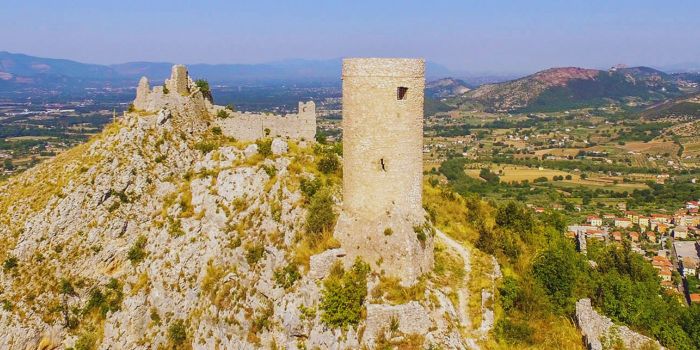
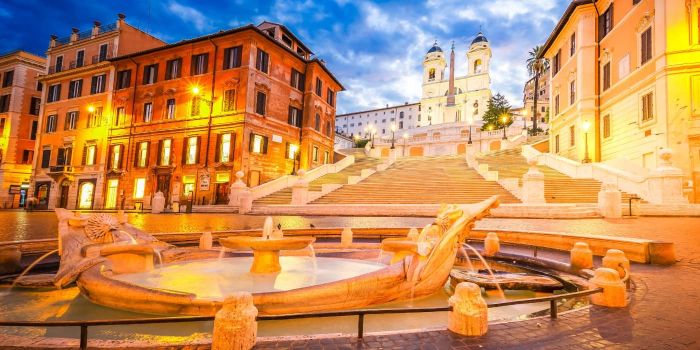
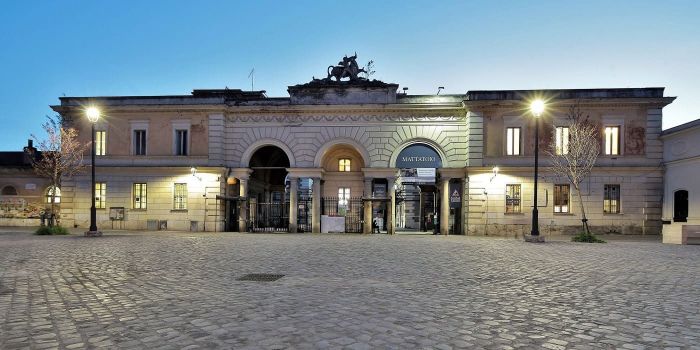
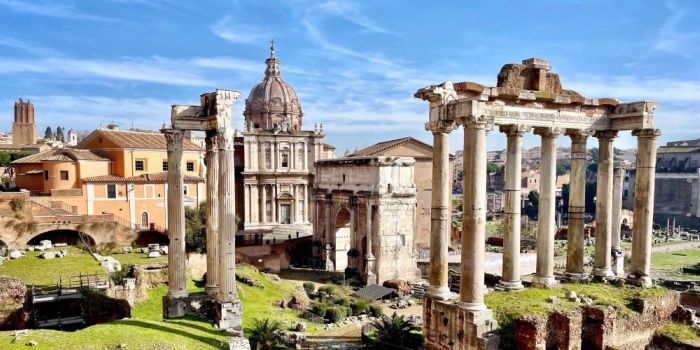
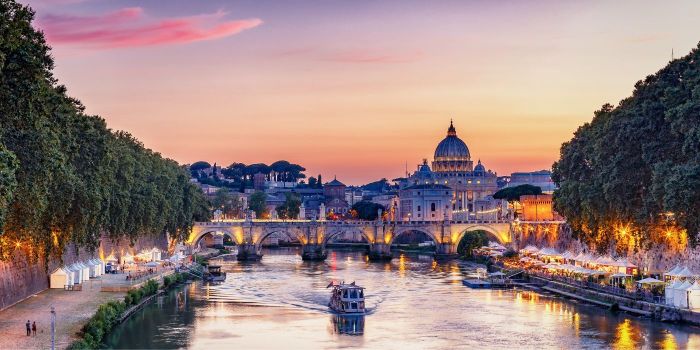
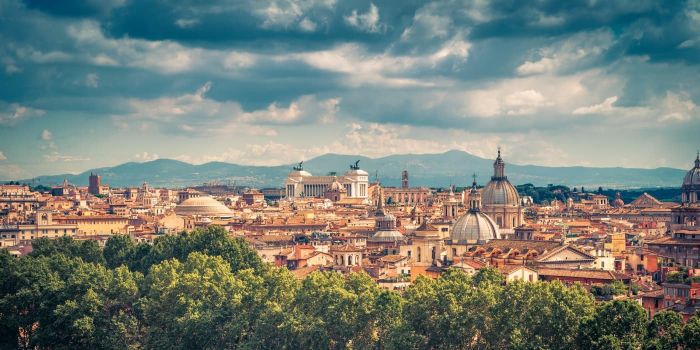
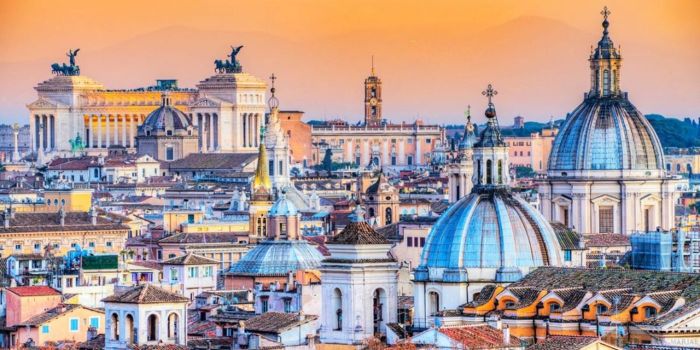

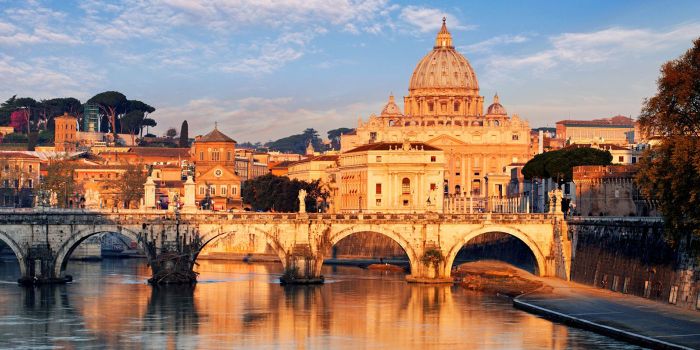









Maria Luisa Ancona
Discover the fascinating history of ancient Rome by visiting the Archaeological Park of Ostia Antica! Walk through the ruins of an ancient port, explore well-preserved temples, houses and theaters, and live a unique experience in the heart of history. We are waiting for you.